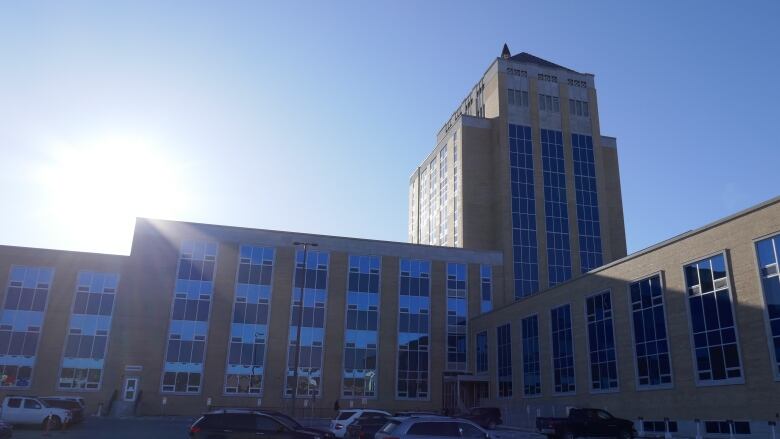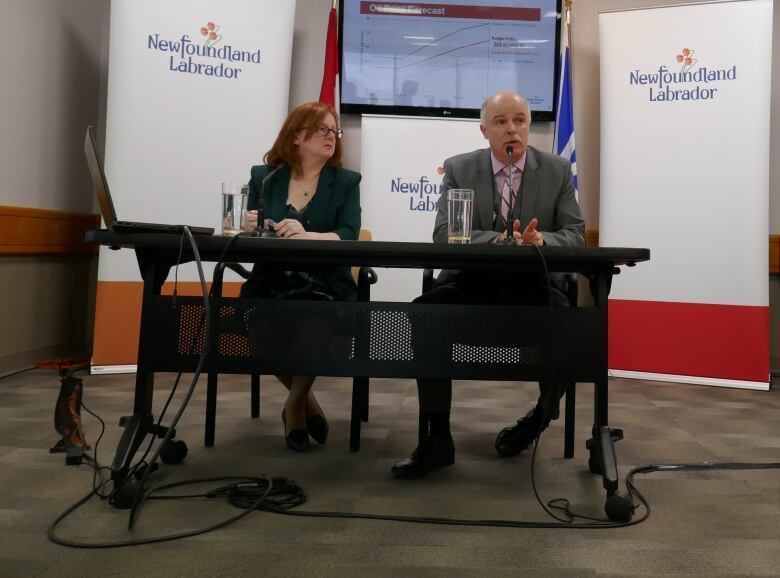By the numbers: Debt, dollars and other things you need to know about Tuesday's budget

Among hundreds of pages of documentation, Newfoundland and Labrador's latest budget includes a steady stream of facts, figures and data.
Here are some of the numbers that were among those that stood out in Tuesday's budget.
3: The number of times the word "debt" appears in Tom Osborne's budget speech. One of them is attached to a graphic.
$812 million:Revised deficit for the fiscal year that just ended. The Liberals had projected a deficit of $778 million last April.
$682,938,000: The size of the projected deficit for the current fiscal year.
$15.53 billion: Net debt projection for the current fiscal year. That is up significantly higher than the $14.64 billion revised net debt for the 2017 fiscal year.
$8.34 billion: Estimated government spending this year.
$7.908 billion: How much the government expects to spend in the 2022-2023 fiscal year.

$114 million: How much the government expects overall spending to drop in next year's budget, to be released in an election year.
2022-2023: Year in which the government expects to move into surplus.
Two: Percentage points by which insurance tax will drop on Jan. 1. The tax on auto insurance will drop another point each year for the three subsequent years.
$63 US: The forecast for the price of oil for the coming year. The government tracks the price of Brent crude, as opposed to the West Texas Intermediate tracked in western Canada.
More than 100: The number of exploration oil wells the government says it expects to see drilled by 2030.
$0.79 US: Exchange rate for U.S. to Canada currency projected in the year ahead.
$2.24 million: How much the government expects to collect from a new cannabis tax.
17 per cent: How much of the government revenue comes from the federal government through health and social transfers and other sources. N.L. has not received equalization revenues in years, and is still considered a "have" province because of its domestic product, particularly offshore oil activity.
$1.5 million: Drop in revenue to the province from a cut in the payroll tax.
38.3 per cent: How much of every spending dollar dedicated to health care, which is by far the largest sector in the budget.
795: Number of government positions that have been eliminated in the last two years.
More than 5,000: Number of public service employees who are now eligible to retire. The government expects to reach much of its spending cut targets through attrition, or not filling vacancies as many people retire.












_(720p).jpg)


 OFFICIAL HD MUSIC VIDEO.jpg)
.jpg)



























































































